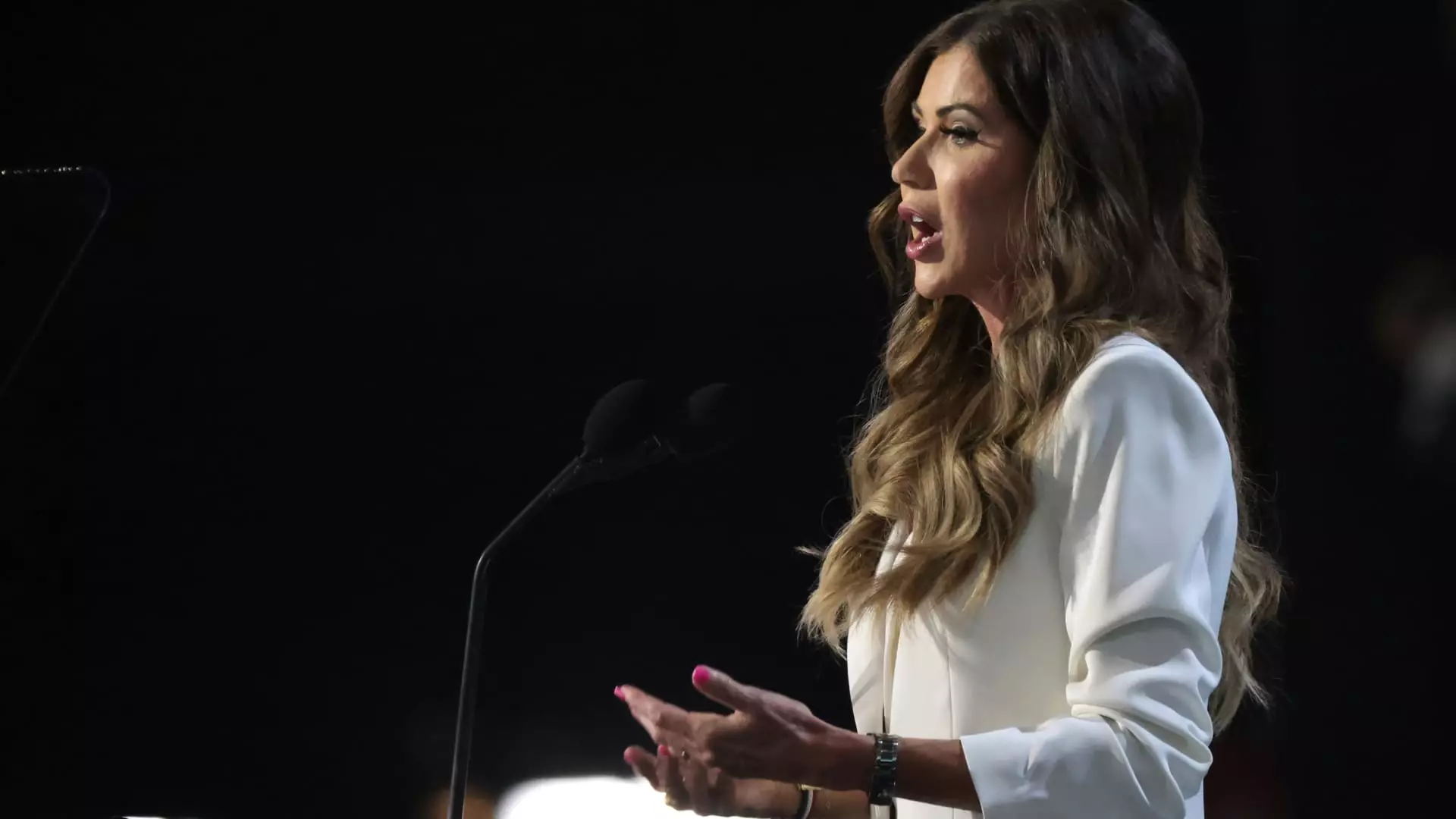In recent months, a growing number of U.S. states have introduced rebate programs to incentivize homeowners to improve energy efficiency in their residences. This movement is gaining traction following New York’s pioneering launch of such a program in May 2023. With an overarching aim to combat climate change, these initiatives stem from the Inflation Reduction Act (IRA), federal legislation focused on facilitating consumer participation in making home improvements that lead to reduced energy costs and carbon emissions.
The IRA allocated $8.8 billion to empower consumers through two significant rebate programs: Home Efficiency Rebates and Home Electrification and Appliance Rebates. Homeowners can potentially receive as much as $8,000 through efficiency upgrades and up to $14,000 for transitioning to electric appliances. This financial boost helps ease the immediate burden of retrofitting homes while encouraging a broader trend toward sustainability.
While enthusiasm surrounding these rebate programs is evident, their execution has proved complex. Each state possesses autonomy over its program design, enabling it to tailor its approach based on local needs and circumstances. Since the federal timeline imposes strict deadlines, such as an August 2024 cutoff for states to decline funding, it becomes increasingly necessary for state officials to clarify their positions on implementing these programs.
South Dakota emerged as a notable exception when officials rejected the program, choosing to forgo a significant $68.6 million allocation. The rejection reflects a broader ideological divide regarding climate initiatives, with South Dakota officials unequivocally opposing what they have framed as aspects of the “Green New Deal.” This illustrates the tension in balancing economic concerns with environmental strategies, as officials, including Governor Kristi Noem, emphasized their belief that the heavy administrative responsibilities and associated costs of administering such programs do not align with the state’s interests.
Conversely, states like Arizona, Maine, New Mexico, Rhode Island, and Wisconsin have promptly implemented rebate systems, demonstrating the varied responses to federal funding opportunities. Kara Saul-Rinaldi, a policy expert in climate and energy, anticipates that more states will follow suit, signaling a gradual but steady shift toward renewed energy efficiency policy at a localized level.
The diversity among states regarding eligibility criteria and rebate offerings underscores the multifaceted nature of this initiative. Definitions of eligibility often hinge on household income and energy consumption levels, making it critical for residents to investigate the specifics of their state’s program. As each state applies its unique lens to the framework established by the IRA, some have chosen to phase their rollout strategically.
Take New Mexico, for instance, which has embarked on its program by offering low-income residents a rebate of $1,600 on insulation purchases. This initial step lays the groundwork for subsequent, more extensive programs that may offer rebates for heat pumps, electrical panels, and other critical upgrades. This phased method not only mitigates the potential for overwhelming bureaucracy but also fosters community engagement and awareness.
States also possess the flexibility to administer rebates at various junctures of the purchasing process, either at the point of sale or through reimbursement after project completion. This adaptability aims to ease consumer participation; however, it may also introduce complications regarding how vendors or contractors integrate these rebates into their pricing structures.
Looking forward, it is clear that the road to fully realizing these energy rebate programs is rife with both challenges and opportunities. The disparities in state participation call into question the collective commitment to addressing energy efficiency on a national scale. While South Dakota’s decision to abstain from engaging with these rebate options signals a setback, it also opens up a dialogue about the necessity of creating programs that resonate with state-specific economic landscapes and cultural values.
Furthermore, with additional states preparing to launch their programs, such as Florida’s recent reversal on its initial stance, there remains a palpable sense of progress. As the situation unfolds, it is vital for stakeholders—including consumers, contractors, and local governments—to stay informed about available rebates. The Department of Energy encourages residents not to delay necessary energy efficiency improvements, emphasizing the potential to access an array of federal programs beyond the rebates.
While the introduction of home energy rebates presents exciting opportunities, it is essential to navigate the nuances and challenges effectively. As states continue to shape their initiatives, active engagement with the community, legislative support, and clear communication will be crucial for maximizing impact in the crucial battle against climate change and ensuring more sustainable living environments for all.

Leave a Reply